Tadao Ando continues building Naoshima

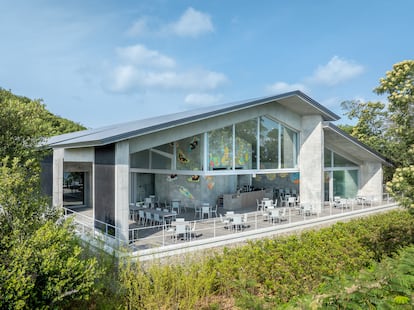
Soichiro Fukutake became a billionaire through education. The father of Berlitz language academies led the Benesse group for years, which dedicates part of its profits to investing in art and philanthropy for social issues such as elderly care.
Beyond housing a vast collection of Japanese and European art, mostly modern and contemporary, the group began building the Benesse Art Site more than three decades ago, a collection of art interventions and museums spread out—and integrated— across the islands of Naoshima , Teshima, and Inujima in the Seto Sea. To achieve this, they called on the then-most distinctive Japanese architect, Tadao Ando. And they began to plant the islands with inspiring buildings. Ando built a sculpture garden and also the Benesse House, the hotel where visitors to the islands stay. Ryue Nishizawa later built the unforgettable Teshima Art Museum, and Sou Fujimoto designed a unique pavilion on Naoshima.
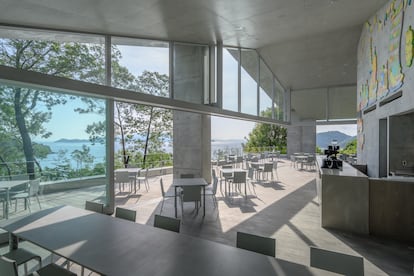
The new Art Museum is Tadao Ando's tenth project on Naoshima Island and the first he has built within the urban center of Naoshima itself. Like other buildings he has designed on the island, this museum also draws on the topography and seeks to integrate itself into its landscape, but also among the local buildings. Of its three floors, only one stands out: the building's sloping roof, which blends seamlessly with the crest of the hills. The exterior walls are also made of darkened plaster, a color very similar to the burnt cedar traditional in local homes.
Inside, a staircase, which receives natural light from a large skylight, connects the floors and the four galleries. The café also serves as a display of works and functions as a viewing platform over Teshima, the neighboring island in the Seto Sea.
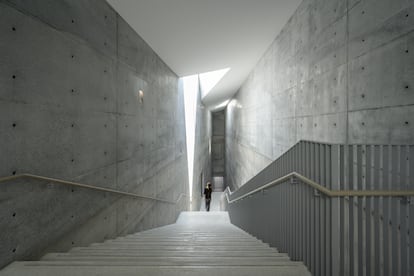
“Moving experiences have the power to nourish the human soul. To refine our senses and increase our capacity to be moved. The experience of visiting Naoshima stays in the mind,” said Tadao Ando, who has been constructing buildings on the island for over 30 years. Ando compares the experience of visiting to childhood memories, which heighten the senses, “which are capable of opening doors to new worlds.”
Naoshima Museum of New Art director Miki Akiko talks about adding the dynamism of changing exhibitions to a place whose nature changed more than the exhibitions —which were permanent and featured Japanese and Western artists.
The arrival of Chinese artists—such as Cai Guo-Quiang—, Indonesian artists—such as Heri Dono—, Filipino artists—such as Martha Atienza—, Indian artists—such as NS Harsha—, Thai artists—such as Pannaphan Yodmanee—and South Korean artists—such as Do Ho Suh—represents an opening to contemporary art from other Asian countries. And, for Miki Akiko, an act in harmony with the nature of the place.
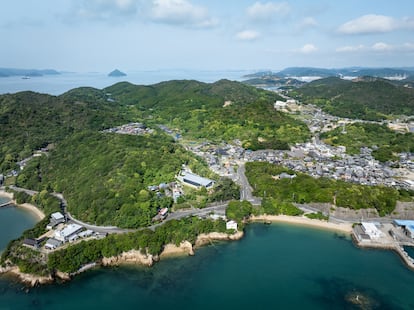
Do you want to add another user to your subscription?
If you continue reading on this device, it will not be possible to read it on the other device.
ArrowIf you want to share your account, upgrade to Premium, so you can add another user. Each user will log in with their own email address, allowing you to personalize your experience with EL PAÍS.
Do you have a business subscription? Click here to purchase more accounts.
If you don't know who's using your account, we recommend changing your password here.
If you decide to continue sharing your account, this message will be displayed indefinitely on your device and the device of the other person using your account, affecting your reading experience. You can view the terms and conditions of the digital subscription here.
EL PAÍS


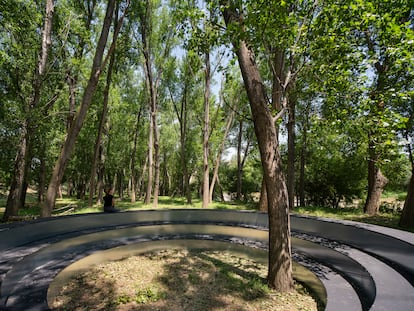



%3Aformat(jpg)%3Aquality(99)%3Awatermark(f.elconfidencial.com%2Ffile%2Fbae%2Feea%2Ffde%2Fbaeeeafde1b3229287b0c008f7602058.png%2C0%2C275%2C1)%2Ff.elconfidencial.com%2Foriginal%2F908%2F21a%2F296%2F90821a296680e0d7699894c6592f6e32.jpg&w=3840&q=100)